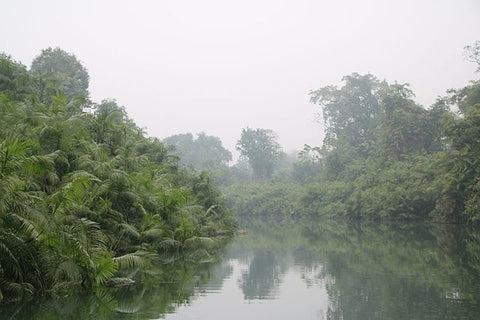Reforestation Initiatives Supported By Katarniaghat Sanctuary
Katarniaghat Wildlife Sanctuary in Uttar Pradesh, India, is not only known for its rich biodiversity but also for its significant contributions to reforestation and forest conservation. The sanctuary actively supports and participates in various reforestation initiatives to restore and protect the region's natural ecosystems. Here's an overview of the reforestation efforts supported by Katarniaghat Sanctuary:
-
Biodiversity Preservation: Reforestation in Katarniaghat Sanctuary is closely linked to the preservation of the sanctuary's unique biodiversity. The sanctuary is home to a variety of rare and endangered species and restoring their natural habitats through reforestation is essential for their survival.
-
Conservation of Critical Habitats: Reforestation projects in and around the sanctuary focus on the restoration of critical habitats such as riverbanks, wetlands and grasslands. These areas are vital for the diverse flora and fauna that call Katarniaghat home.

-
Watershed Management: Reforestation efforts also encompass watershed management. The sanctuary's rivers and tributaries are critical water sources for both wildlife and local communities. By reforesting the watershed areas, the sanctuary helps maintain water quality and quantity.

-
Habitat for Indigenous Flora: Katarniaghat supports the growth of native and indigenous tree species through reforestation. This approach ensures that the reforested areas closely resemble the natural habitat and food sources for the sanctuary's wildlife.
-
Buffer Zone Conservation: Reforestation extends to the buffer zones surrounding the sanctuary. These zones are crucial for wildlife corridors and maintaining connectivity with other protected areas. Ensuring these areas are forested helps wildlife move freely and access resources.

-
Bamboo and Grassland Restoration: The sanctuary actively restores bamboo and grassland areas. These habitats support a variety of wildlife, including deer and elephants. Their restoration is vital for these species' well-being.
-
Community Involvement: Katarniaghat Sanctuary promotes community involvement in reforestation projects. Local communities are engaged in tree planting and maintenance, providing them with a sense of ownership and a stake in the sanctuary's conservation.
-
Conservation Awareness: Educational programs and awareness campaigns are conducted to inform local communities and visitors about the importance of reforestation and forest conservation. This helps in garnering support and responsible forest use.
-
Research and Monitoring: Reforestation projects are often accompanied by research and monitoring efforts to assess the impact on the local ecosystem and wildlife populations.
-
Tackling Deforestation and Land Degradation: Reforestation plays a critical role in reversing deforestation and land degradation in and around the sanctuary. It is a fundamental strategy in restoring the area's ecological balance.
Reforestation initiatives supported by Katarniaghat Sanctuary are not only significant for the sanctuary itself but also contribute to larger regional conservation efforts. By restoring and conserving forests, the sanctuary helps safeguard the biodiversity and ecological health of the entire landscape.












































































